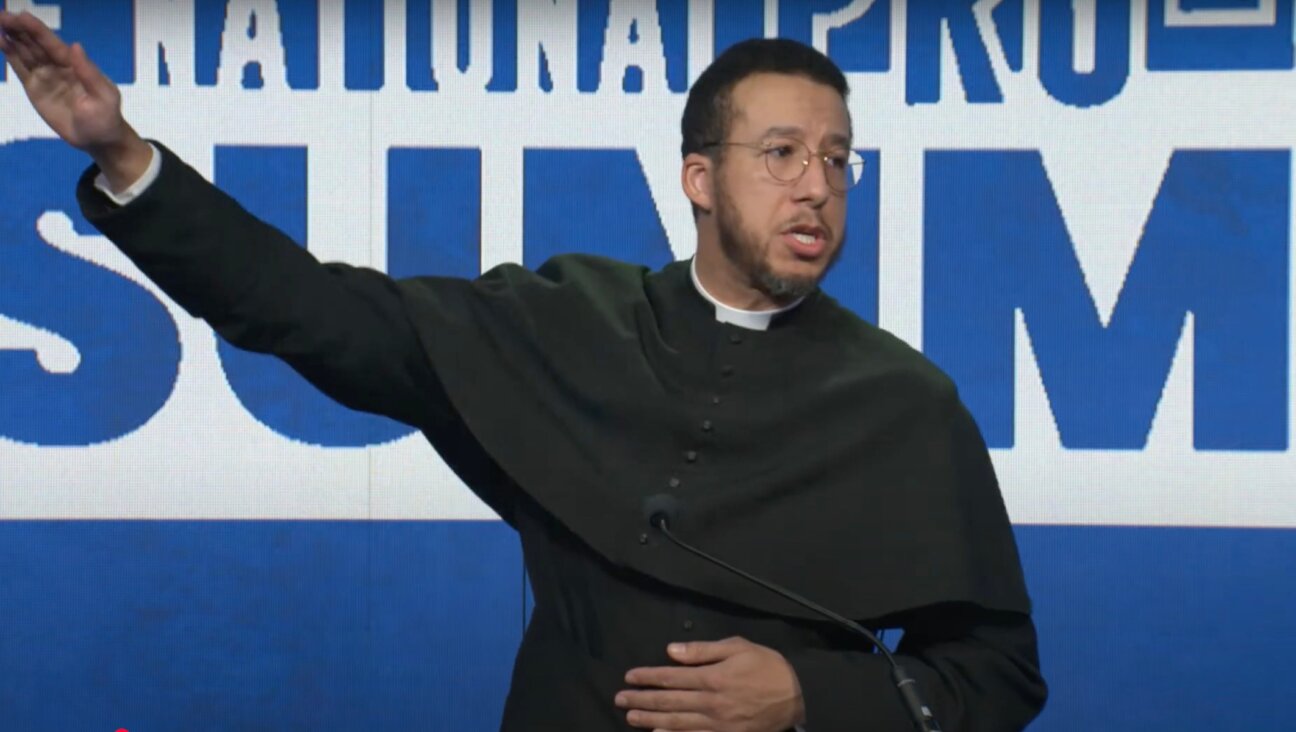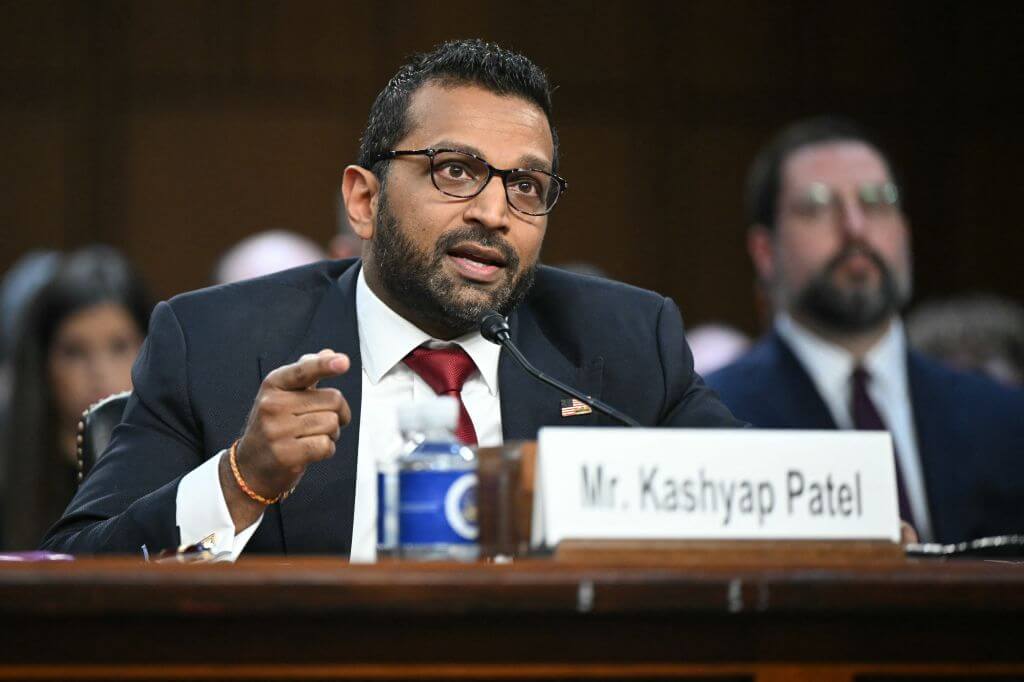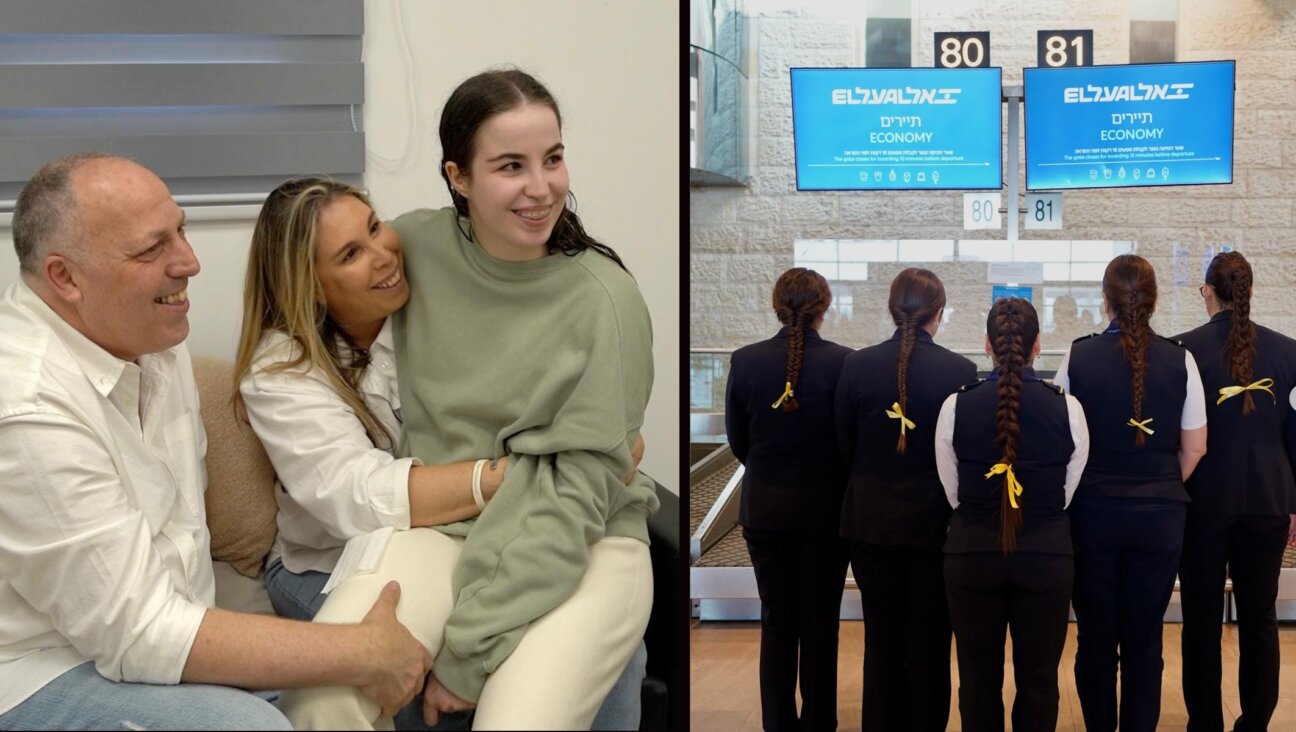Theology of ‘True Detective’

You don’t have to go far to find people utterly disappointed in the season finale of “True Detective.” Many websites have spilled thousands of words expressing upset that the episode didn’t expose any remaining mysteries about the criminal acts driving its plot.
But those upset at the finale weren’t paying attention. This show didn’t follow the standard tropes of criminal drama, avoiding speculation about the crimes themselves. Very large swaths of who did what and why were revealed early on: as show creator Nic Pizzolatto told The Daily Beast, “if someone watches the first episode and really listens, it tells you 85 percent of the story of the first six episodes.” Essentially every major aspect of solving the crime was telegraphed at least an episode ahead of time — as was the case with the finale, because we met the ultimate antagonist at the end of the previous episode. Indeed, rather than focusing on crime-solving as an exploration of criminality, the entire season — and the entire season finale — is an exploration of how people confront criminality and evil.
Those who were disappointed took the wrong cue from the show’s early episodes. The book from which Pizzolatto drew the satanic-style ritual of his serial killer antagonist, Robert Chambers’s “The King in Yellow,” shot up to the #4 slot of bestselling books on Amazon. And yet, Pizzolatto revealed in an interview this week, the real lessons from the series speak to a very different book. Pizzolatto told journalist Alan Sepinwall that “if someone needs a book to read along with season 1 of ‘True Detective,’ I would recommend the King James Old Testament.”
That’s not something one hears often about popular culture in America. Sometimes a writer will speak of “The Bible,” meaning all the holy books of Christianity. And certainly pop culture is replete with references to Jesus Christ and quite especially the crucifixion. But one almost never hears of a writer specifically citing the Old Testament on its own.
And indeed, where so many have dismissed the finale as unsatisfying with regard to what they felt were the core themes of the series, it’s telling that essentially all the commentary has failed to notice the source of that episode’s title, “Form and Void.” It is a direct quotation of the second verse in Genesis. As translated in the King James version, it reads, “And the earth was without form, and void; and darkness was upon the face of the deep. And the spirit of God moved upon the face of the waters.”
Using a verse in Genesis as the idea that ties together his entire narrative, Pizzolatto is echoing the thought of the University of Chicago’s Leon Kass, who wrote that “the beginning of Genesis shows us not so much what happened as what always happens.”
This sentiment is echoed in the final dialogue between the show’s main characters, Rust Cohle (Matthew McConnaughey) and Marty Hart (Woody Harrelson). Cohle, who has been spouting existentialist despair throughout the series, tells Hart that he’s found peace, in part because “I’ve been up in my room looking out those windows every night, and just thinking, it’s just one story, the oldest… light versus dark.”
Of course, light versus dark has taken on a lot of forms, but True Detective’s investigation explores the idea by touching on a lot on Old Testament themes. It also has a similar structure to a book that just last month won the PROSE Award for Excellence in Theology & Religion, Stonybrook University Professor Andrew Michael Flescher’s “Moral Evil.”
The most obvious and basic evil that we see in the series is that of the serial killers. In creating a more-or-less satanic cult that involves ritual rape and murder, they’re essentially worshipping evil. Appropriately, Cohle describes their ritual as based on a kind of old-time religion, as the group had “a very rural sense of Mardi Gras” and that the harming of innocents took place when “they had an annual winter festival, alright, heavy on the saturnalia, a place where that Santeria and Voudon all mash together.” This is the kind of religion that Flescher describes as Manicheanism — a belief that in addition to a good God many might choose to worship, there are also evil gods, and some might choose that latter path. These are the evil figures of Greek’s Hades, or Milton’s “Paradise Lost.” There are relatively minor portions of the Old Testament that have been read as Manichean in tone — Flescher specifically cites “parts of the Bible in which God is highly anthropormorphized, a valiant warrior relying on recognizable if superhuman resources to prevail over all that threatens to undo the world.” One such passage comes in the aftermath of the deluge in the Noah story — and tellingly, “True Detective” cites the storms that hit Louisiana as times when the serial killers were able to flourish.
A problem with the Manichean view of the world is that it makes it a very binary place: you’re with God or against God. You’re good or evil. Much of the Old Testament and religious thought since then replaced such dualism with the idea of a single, all-powerful and all-loving God. As Flescher notes, “a Manichean understanding of evil affirms a questionably binary view of the world that is too simple to do justice to a phenomenon that comes in so many forms and emerges out of so many sources.” Instead, an all-loving and all-powerful God can’t be challenged by evil figures. But if God is all-loving and all-powerful, how does evil exist?
To represent the next view of evil, we have the character of Marty Hart — a man whose religion is the most common today. In this popular religious view, everything is part of God’s larger plan, and God works in mysterious ways. This idea, essentially apologia for God, is called theodicy or, as Flescher puts it: evil is “the good in disguise.”
It’s no accident that Hart is made out to be a rube in the series, a classic country bumpkin, for the most part. This is Pizzolatto ridiculing the common person’s idea of religion and evil.
It’s an idea that’s easy to dismiss, because while a purse-snatching or a bad cold can be excused as part of a greater plan, those going through great suffering have a hard time writing it off as God’s lesson. As Flescher puts it, “evil’s description as a blessing in disguise strikes its victim as offensively off base.”
And here we get to the heart of the series: Cohle’s response to his own great suffering. While True Detective’s sprawling timeline shows us events between 1995 and 2012, it’s actually what comes before the series’s opening that defines most of what we see: Cohle’s loss of his three-year-old daughter. We pick it up in pieces: first, his life went off the rails as he engaged in a suicidal undercover mission that took him right into the heart of darkness with a biker gang in Texas. He’s overwhelmed by his suffering.
When we first meet Cohle , he’s emerged from his suicidal binge in 1995 as a clean-cut detective who’s able to function, mostly, in the world. He’s got an existentialist worldview bordering on nihilism, in which he thinks our ideas of self and society and even time are just accidents of evolution. In the most-quoted moment of the series, he declares that “time is a flat circle.” It’s a way of denying that he’s suffering: if time doesn’t exist, and nothing ever changes, he can’t have lost his daughter. His philosophy has genuine roots in major thinkers like Friedrich Nietzsche; Flescher describes Nietzsche’s view of evil as “evil” — that is, evil in scare quotes, something that’s just a matter of perspective. What I see as evil, you don’t. While Cohle suffers greatly for the loss of his daughter, no one else seems to care.
But as Pizzolatto said in that interview, Cohle “protests too much.” He speaks agressively about his idea of the world as never changing, but he locks up criminals for a living. And when he does have to really confront his suffering — as in the show’s opening, when he sees a brutal murder scene on his daughter’s birthday, he turns to drink.
And then Cohle transforms. In the finale, after confronting and killing the lead serial killer, and nearly dying himself, his perspective changes. He tells Hart in their closing dialogue that “Once there was only dark. If you ask me, light’s winning.” Cohle believes evil is real, but that it can be diminished. That progress can be achieved. That time is no longer a flat circle.
Many saw this as Cohle simply transforming into a believer in God, and complained that this was a cheap and easy ending for a man so well-grounded in rationalist and existentialist thought. But I don’t think Cohle does believe in God at the end. Rather, what happens, after confronting evil face-to-face and physically suffering at the hand of a man who killed so many, he can no longer deny the reality of suffering, and the suffering of others. He acknowledges the empathy that is at the heart of human existence.
This lesson of empathy, community and love as a catalyst for positive change is at the heart of the Old Testament. As Genesis declares, “It is not good for the man to be alone.” Flescher cites empathy and community as the major arguments against Nietzsche’s (and, by extension, Cohle’s) existentialism.
One of the thinkers Flescher cites is the French Jewish philosopher Emanuel Levinas, whose core teachings are often summarized as the idea that we find God in the face of the other. One needn’t believe in God to take this lesson to heart, because we all find everything in our relations with others, in a collective sense of awe and wonder at the grandeur of the human experiment. Empathy is all that Cohle needs in order to believe that light is winning.
A message from our Publisher & CEO Rachel Fishman Feddersen

I hope you appreciated this article. Before you go, I’d like to ask you to please support the Forward’s award-winning, nonprofit journalism so that we can be prepared for whatever news 2025 brings.
At a time when other newsrooms are closing or cutting back, the Forward has removed its paywall and invested additional resources to report on the ground from Israel and around the U.S. on the impact of the war, rising antisemitism and polarized discourse.
Readers like you make it all possible. Support our work by becoming a Forward Member and connect with our journalism and your community.
— Rachel Fishman Feddersen, Publisher and CEO























